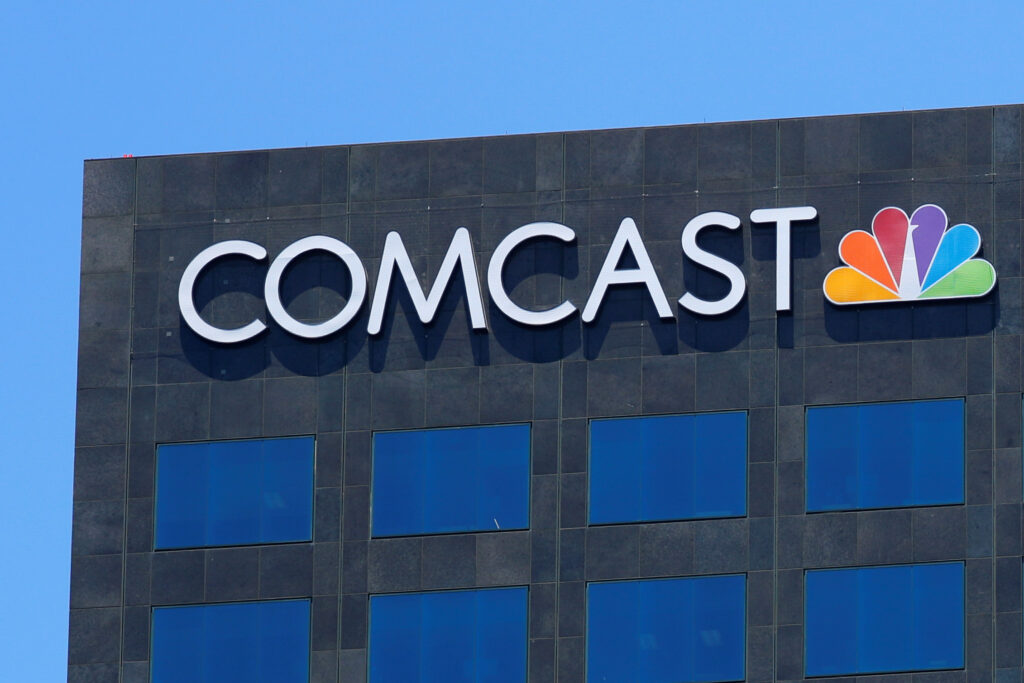In a new initiative aimed at extending its value to millions of loyal customers, Amazon Prime has unveiled an exclusive fuel discount program for its members across the United States. This new perk will enable Amazon Prime members to save 10 cents per gallon at approximately 7,000 BP, Amoco, and AM/PM gas stations nationwide, potentially offering an annual average savings of nearly $70 for frequent drivers.
The process is seamless; members can activate the benefit by linking their Amazon account to BP’s loyalty app, Earnify, unlocking access to discounts each time they refuel. This recent addition is set to bring a practical benefit for Prime’s 184 million members at a time when energy costs have been fluctuating significantly. While current gas prices have seen some stabilization, recent spikes in global oil prices—driven largely by Middle Eastern conflicts—have renewed concerns of a potential gasoline price surge. For Amazon, the fuel savings benefit is one more step in ensuring that Prime members continue to find meaningful savings across diverse spending categories.
Expanding on a list of popular perks that already include free delivery, streaming services, and prescription discounts, Amazon’s move into fuel savings is its latest play to reinforce the Prime membership’s broad appeal. As membership programs from retailers like Walmart+ and Target Circle 360 add similar fuel discounts, Amazon’s choice to enter the fuel industry reveals a strategic decision to retain its competitive edge and maintain member loyalty.
Amazon’s strategic addition of fuel discounts is seen as a calculated move in an increasingly competitive subscription market. According to retail analyst Neil Saunders of GlobalData Retail, Amazon’s approach to expanding Prime has always been to add a mix of benefits, creating a robust program that gives members fewer reasons to consider canceling. With Walmart+ offering a similar 10-cent discount across 14,000 U.S. gas stations, Amazon’s gas discount appears to be part of its ongoing response to competitors and a way to reinforce the sense of value Prime offers compared to other membership programs.
“The range of benefits in Prime makes it hard for members to leave, and this is Amazon’s ultimate goal,” Saunders explained. “Adding fuel savings to the program is a strong response to Walmart+ and a reminder that Prime continues to lead the pack.”
Amazon’s proactive approach comes at a time when competitors, including Walmart, Target, and Wayfair, are expanding their own membership perks and benefits to challenge the e-commerce giant. Target’s Circle 360 and Wayfair’s Rewards program have both entered the market with promises of exclusive perks and unique services, aiming to court loyal customers who may otherwise be swayed by Amazon’s vast offerings. As a result, Prime’s growing list of benefits, from music and video streaming to grocery delivery, is part of Amazon’s broader strategy to retain its market dominance in a landscape where subscription benefits are almost ubiquitous.
However, the company faces certain challenges as it seeks to position itself as an “everything company” in the eyes of consumers. Saunders notes that, while an ever-expanding benefits list may seem advantageous, it can potentially lead to customer confusion, as members might not utilize every benefit offered under the program. “When you have such a comprehensive program, there is a risk that customers use only a portion of what’s available, which could leave some feeling that they’re not getting their money’s worth,” Saunders remarked.
Another challenge for Amazon is the rising cost of membership itself. At $139 annually, Amazon Prime is priced at a premium compared to Walmart+ and Target Circle memberships, which are offered at $98 and $99 respectively. If members don’t feel they’re utilizing enough of the benefits, the higher membership fee may prompt some to switch to less expensive alternatives. The company will need to ensure that each added perk provides genuine value to its users, particularly as more retailers innovate to close the gap in membership offerings.
“Amazon has to work to understand how Prime is being used by different members across diverse demographics to make sure the program feels genuinely valuable and not just like an assortment of extra services,” Saunders said.
In the evolving membership market, Amazon’s fuel savings offer is a clear signal of its commitment to maintaining Prime’s leading position. As more brands introduce competitive subscription perks and benefits, Amazon’s move into fuel savings is designed to reinforce the breadth and depth of Prime’s value, further solidifying its role as a comprehensive service provider in the eyes of consumers across the U.S.




